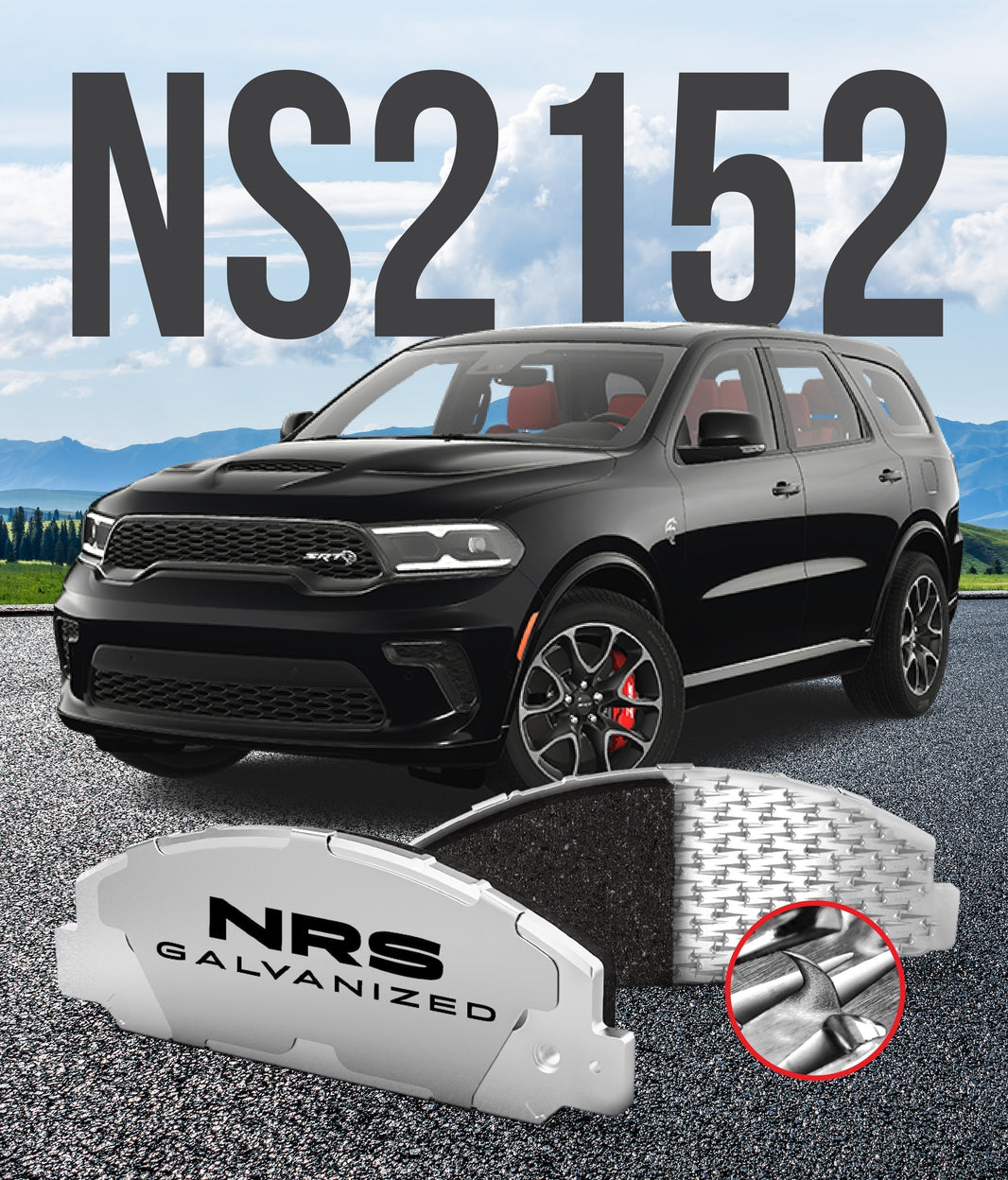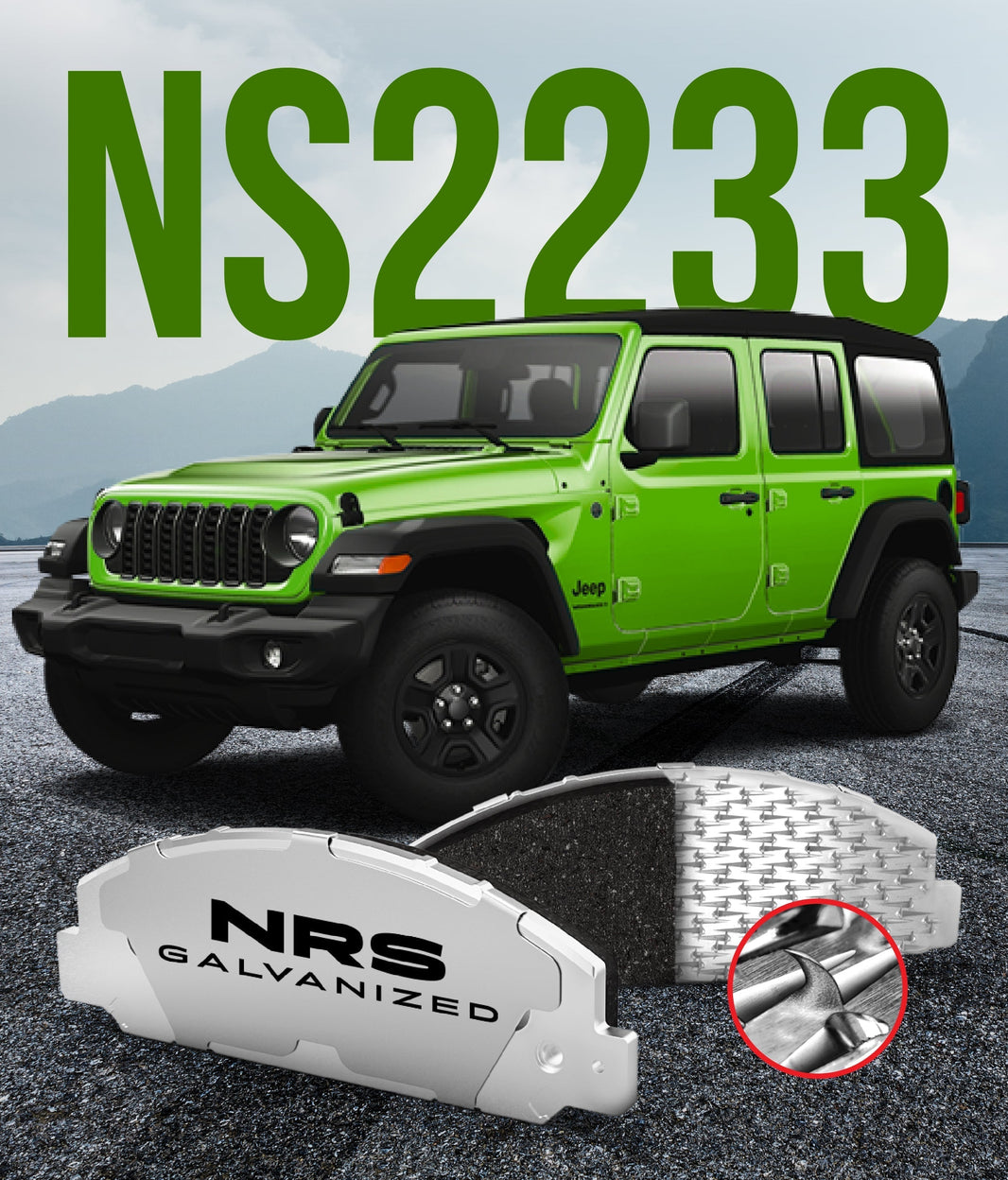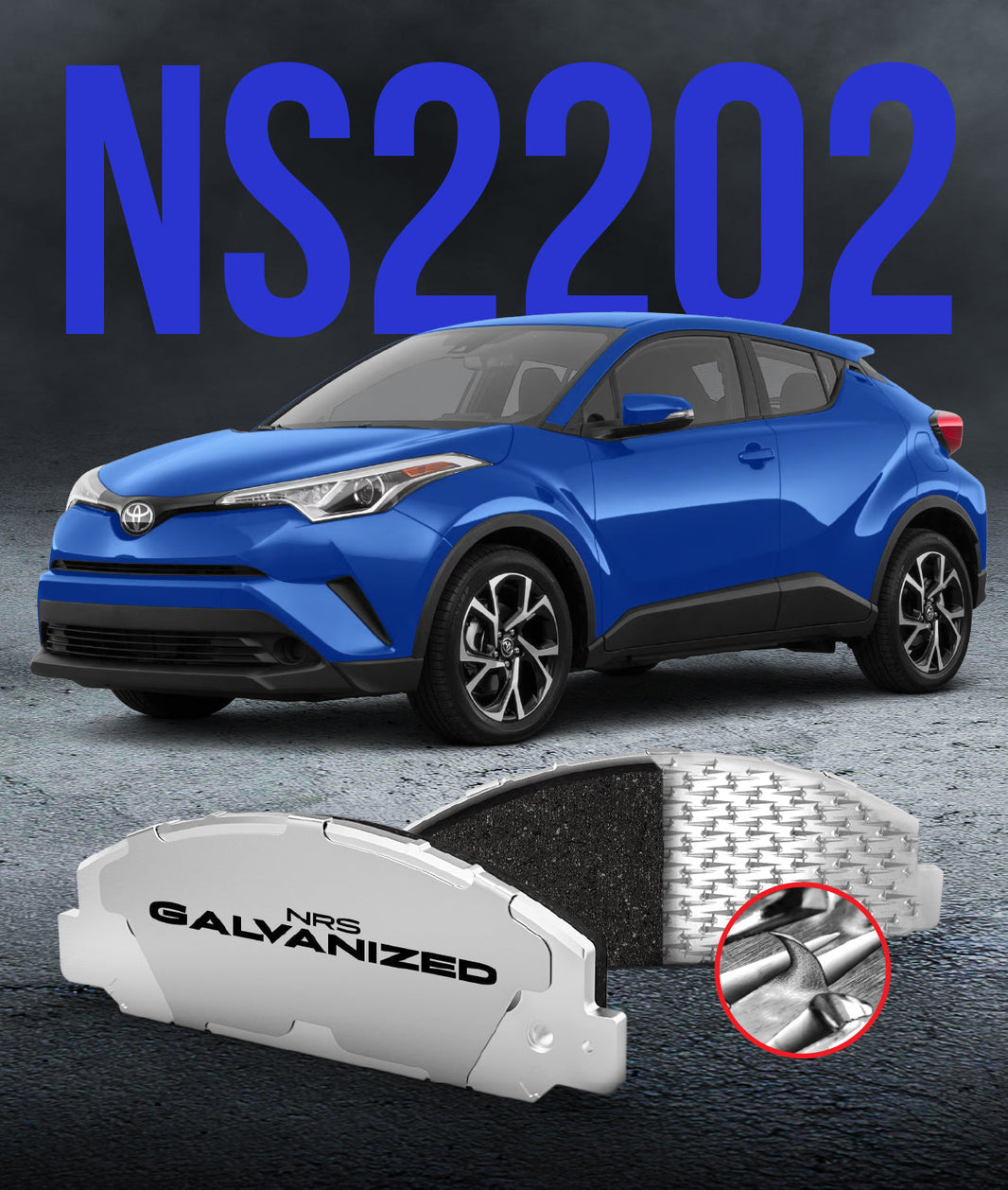
To the average car owner, a brake pad seems like a simple, disposable part. It is a small block of material that gets squeezed against a metal disc to stop your car. But within that small block lies a world of complex material science, where different recipes can completely change how your vehicle stops, feels, and sounds.
Have you ever wondered what is actually inside a brake pad? The friction material is not just one substance; it is a carefully engineered compound of dozens of different ingredients. Understanding the basics of these materials is the key to choosing the right brakes for your car and your specific driving needs.
The Foundation of Friction
At its core, braking is simply a process of converting the energy of motion into the energy of heat through friction. The key to making this happen effectively is the brake pad friction coefficient. This is a measurement of how much grip the pad material has against the iron brake rotor.
Think of it like the sole of a shoe. A hard leather sole has a low coefficient of friction and is slippery, while a soft rubber sole has a high coefficient and grips the ground firmly. Brake pad engineers are like shoe designers, constantly working to create the perfect sole for different conditions.
Understanding How Brake Pad Materials Work
Modern brake pads are complex composites, sometimes containing over 20 different ingredients. Each element is added to produce a specific characteristic, such as heat resistance, noise reduction, or durability. While the exact formulas are closely guarded secrets, most pads fall into one of three main families.
The choice of material family has the biggest impact on the overall performance and characteristics of the brake pad.
Organic Brake Pads
Also known as Non-Asbestos Organic (NAO) pads, these are the modern successors to the old asbestos-based pads. They are made from a mixture of non-metallic fibers like glass, rubber, and Kevlar, all held together with a high-temperature resin. It is important to know how to catch cheap brake pads before they fail, as some low-quality organic pads can underperform.
The biggest pros of organic pads are that they are very quiet and are gentle on brake rotors. However, the organic brake pads pros and cons also include some significant downsides. They tend to wear out faster than other materials and do not perform well under high heat, making them unsuitable for heavy or performance vehicles.
Semi-Metallic Brake Pads
Semi-metallic pads are the workhorses of the brake world. Their friction material is made up of 30% to 70% metals, including steel, iron, and copper, mixed with fillers and binders. This high metal content gives them some very distinct characteristics.
The primary benefit of semi-metallic pads is their excellent durability and thermal conductivity. They can handle very high temperatures and are great for heavy trucks, SUVs, and performance cars. On the downside, they can be noisy, produce a lot of dark brake dust, and their abrasive nature can cause more wear on the brake rotors.
Ceramic Brake Pads
Ceramic brake pads represent the premium end of the spectrum for most daily-driven vehicles. They are made from dense ceramic fibers and other non-ferrous metals, bonded together with resins. This advanced composition gives them a unique set of desirable qualities.
Ceramic pads are known for being extremely quiet and producing a very fine, light-colored dust that does not stick to wheels. They are very stable across a wide range of temperatures, providing consistent performance, and they are very long-lasting. Their main disadvantage is typically a higher initial cost.
Ceramic vs Semi-Metallic Brake Pads: The Main Event
For most modern vehicles, the choice comes down to either ceramic or semi-metallic pads. While both are excellent options, they offer very different driving experiences. Choosing the right brake pad material often means deciding which of these characteristics is most important to you.
-
Noise: For a quiet, comfortable ride, ceramic pads are the clear winner. The composition of semi-metallic pads makes them more prone to squealing, especially in cold weather.
-
Brake Dust: If you value clean wheels, ceramic pads are the way to go. They produce far less dust than semi-metallic pads, and the dust they do create is much less noticeable.
-
Performance: In extreme, high-heat situations like racing or heavy towing, premium semi-metallic pads often have the edge in raw stopping power and fade resistance. However, for daily driving and even spirited street use, ceramic pads offer more than enough performance.
-
Durability: Both types are very durable, but ceramic pads are generally less abrasive to the brake rotors. This can lead to a longer life for both the pads and the rotors.
-
Cost: Semi-metallic pads are usually the more budget-friendly option, while ceramic pads command a higher price due to their advanced materials.
Matching the Material to Your Mission
There is no single "best" brake pad material for every car and every driver. Knowing how to buy the best quality brake pads involves matching the material to your specific vehicle and how you use it. Here is a simple guide to help you decide.
-
For the Daily Commuter: If you drive a typical car, crossover, or minivan in normal city and highway traffic, a high-quality ceramic brake pad is almost always the best choice. It will provide the quiet, clean, and reliable performance that makes daily driving more pleasant.
-
For Heavy-Duty Work: If you drive a heavy truck or SUV and frequently tow trailers or haul heavy loads, a premium semi-metallic pad is often the safer option. Its ability to manage extreme heat is a critical advantage when you are trying to slow down a heavy rig.
-
For the Performance Enthusiast: For drivers who enjoy spirited canyon driving or participate in track days, a performance-oriented semi-metallic or a specialized carbon-ceramic pad is necessary. These pads are designed to operate in the high-heat environments that would cause standard pads to fade.
-
For Electric and Hybrid Vehicles: EVs have unique braking needs due to their use of regenerative braking. They often benefit from specially formulated NRS EV brake pads that offer a strong initial bite and excellent corrosion resistance, which is important to consider if you are wondering if high performance EV brake pads are necessary.
The Right Formula for the Job
The material inside your brake pads is a critical factor in your vehicle's safety and performance. From the quiet and soft organic pads to the tough and durable semi-metallic ones, and the smooth and clean ceramic options, each has a purpose. Understanding this complete guide to brake pads allows you to make an informed decision that perfectly matches your car and your driving style.
At NRS Brakes, we focus on the science of friction to create Brake Pads for a wide variety of applications. We also know that the friction material is only part of the story, which is why we focus on the entire construction of the pad. Knowing why NRS Brakes mechanically attached pads are superior is key to understanding our commitment to safety; our patented technology ensures the friction material can never separate from the backing plate, a promise that adhesives alone cannot make.
What brake pad material do you currently have on your car, and how has it performed for you?




